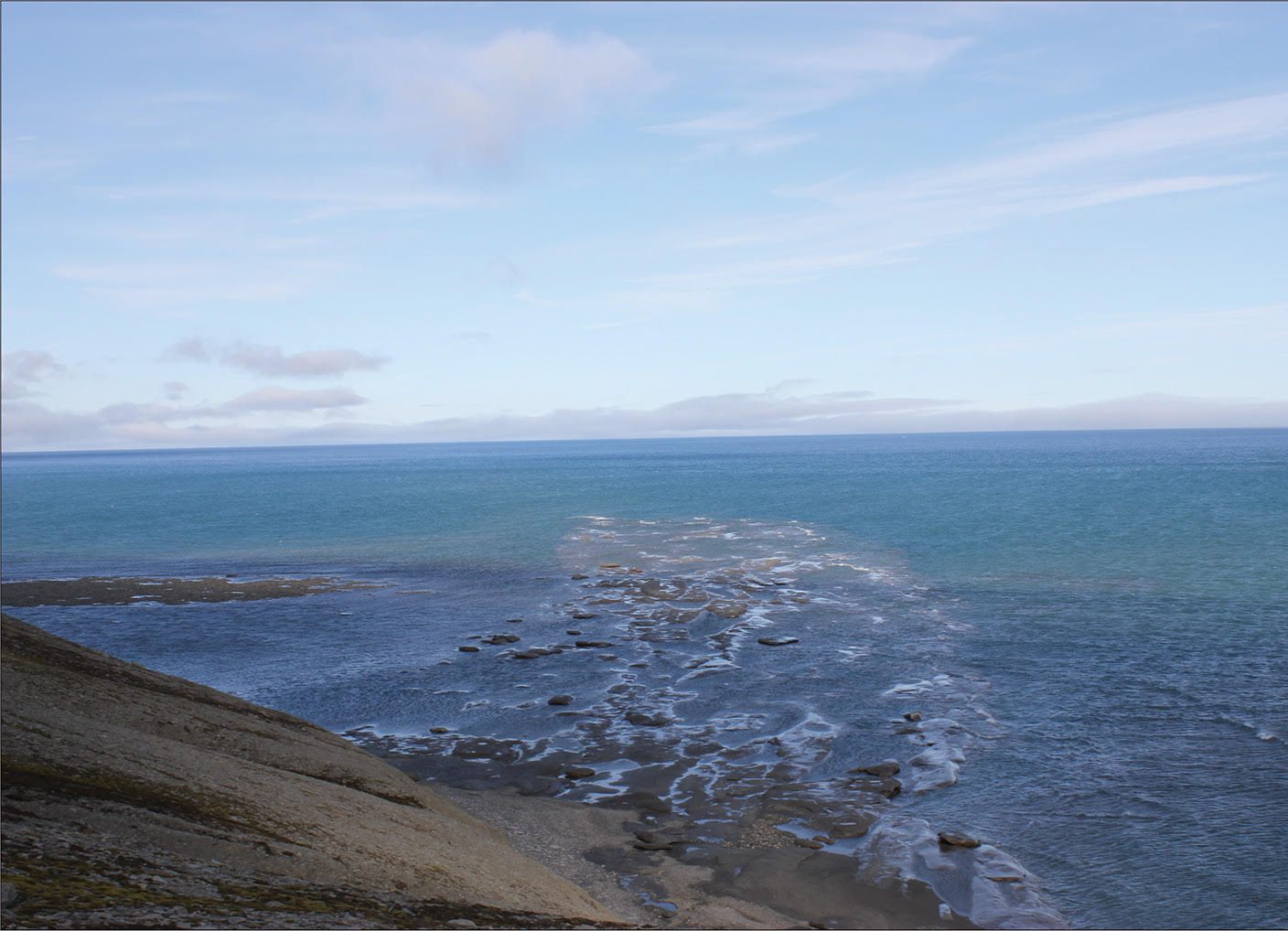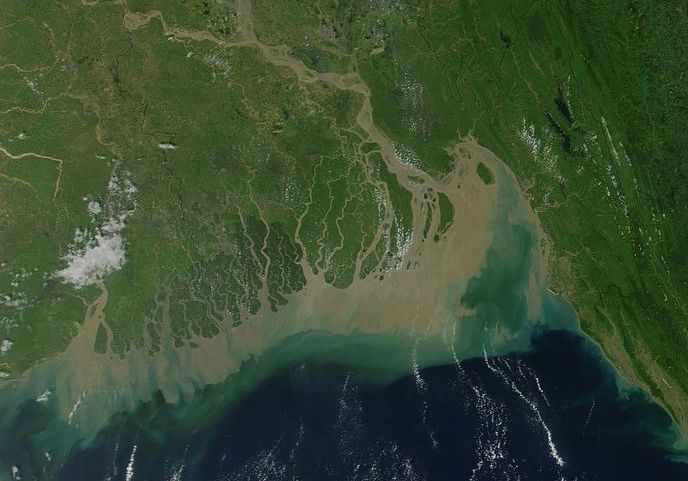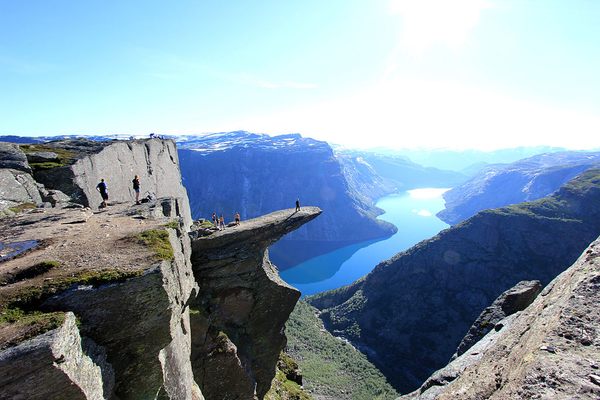Found: The Largest River Delta the Earth Has Ever Seen
Everything is bigger in Pangaea.

The Triassic Boreal Ocean Delta sounds like something cooked up in the mind of John Hammond—in the version of Jurassic Park where no one gets eaten. But it was a very real place, and a very, very big place. According to a recent study published in the journal Geology, researchers have discovered evidence of the largest river delta ever known to have formed on the Earth’s surface—equivalent in size to a full one percent of our modern land area.
This colossal discovery was made near the Barents Sea, off the northern coasts of Norway and Russia. The delta originally formed on the supercontinent of Pangaea, more than 200 million years ago. Researchers at the University of Bergen in Norway examined rock samples, seismic reflection data, and well logs to get a picture of the massive hydrological and geological feature. The delta plain that began to come into focus appeared to cover the entire basin of the Barents Sea.

The feature would have been the product of numerous rivers and intense monsoons, all carrying sediments to the coast from the Variscan Orogeny and Uralian Orogeny—mountain-building events, still ongoing in what is now Europe. “The drainage for the Triassic deltas could have been twice that of what feeds Mississippi today,” says Tore Grane Klausen, lead author of the study, via email. Overall, the delta plain grew to more than 600,000 square miles. That is more than 10 times the size of the Ganges-Brahmaputra Delta, the largest in the world today, and it dwarfs the Nile River Delta’s measly 9,650 square miles. We’re talking about a river delta nearly the size of the entire state of Alaska. There may have been larger ones, lost to a variety of geologic processes over the ages, but according to known evidence, this one is the champ.
The delta would have been as rich in flora and fauna as today’s vibrant ecosystems; “lush deltaic wetlands with ferns and ginkgophytes,” Klausen says, would have dotted the region, teeming with labyrinthodonts (relatives of some of the earliest land animals), as well as pliosaurus and ichthyosaurs in the surrounding sea.
The team hasn’t decided on a name for their find, but according to New Scientist, they are considering the Snadd Delta, for the sedimentary sequence it was identified in. Snadd-sized has a nice, large ring to it.
























Follow us on Twitter to get the latest on the world's hidden wonders.
Like us on Facebook to get the latest on the world's hidden wonders.
Follow us on Twitter Like us on Facebook